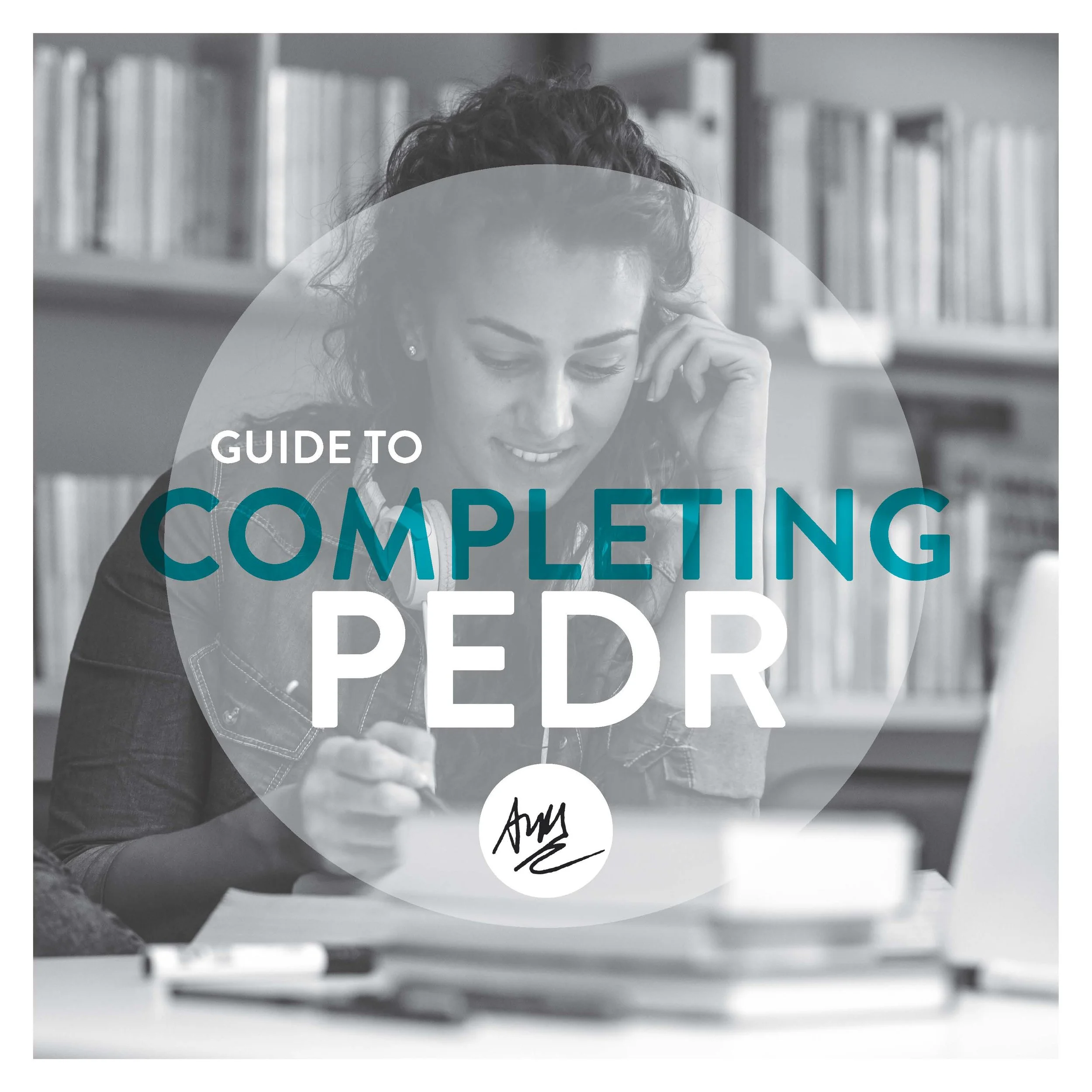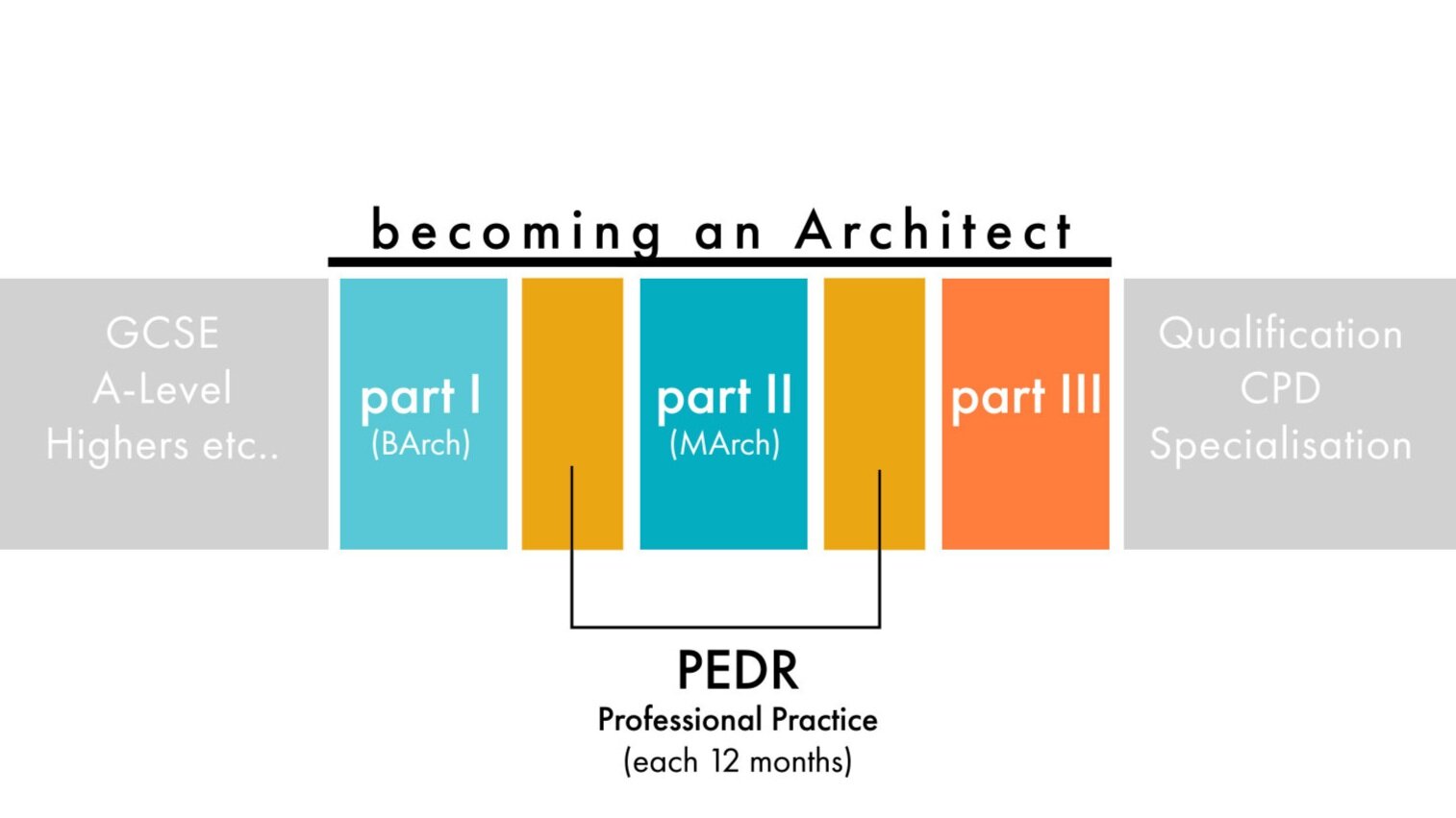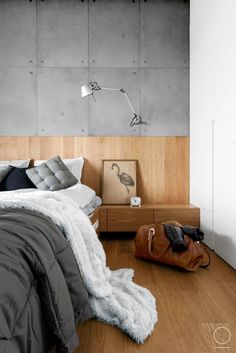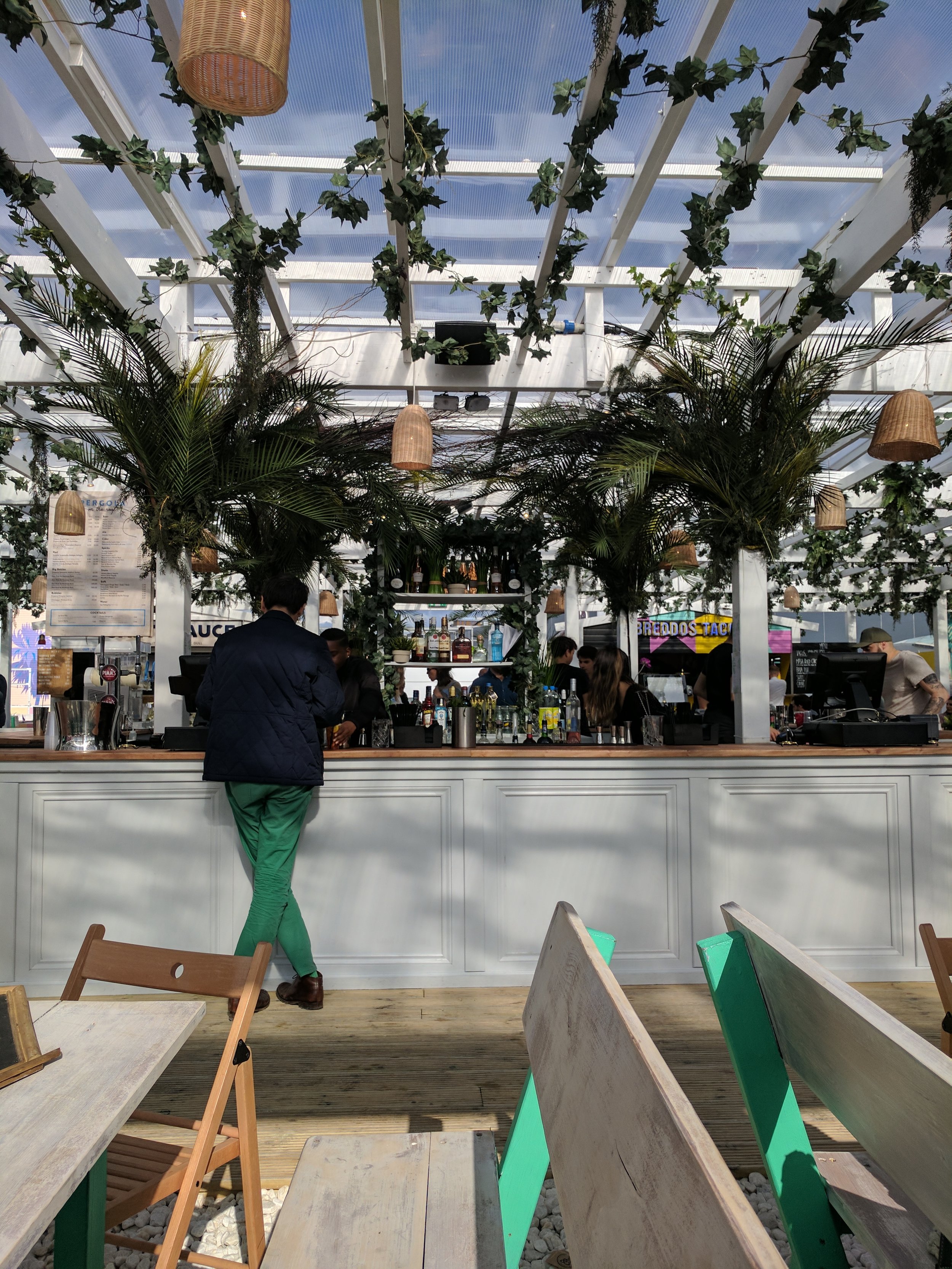So the most common route, through university, begins whenever you decide that Architecture might be the career for you, and you should bear in mind many students who study Architecture use it as a springboard to different careers, including graphic design, project management, furniture design as well as a myriad of others. Architecture as a topic is unlike anything taught at A-level and covers many subjects generally making it perfect for the diversity of what you end up doing day-to-day, however, bear in mind that Architecture degrees tend to be very hard work comparatively and have a lot of studio time, you are expected to be there pretty much 9-5 pm as with an actual job.
So before you apply for your course what can you do to help you..
I personally think the important thing is to see if you are really interested in the subject before your start the degree. Starting a degree in Architecture doesn't mean you need to pursue that career to qualification, a lot of students go into other design professions or adjacent careers, such as furniture design, graphic design, and project management, and people from those careers come into Architecture, so don’t think of it as a done deal necessarily you can change your mind!
I did work experience before starting my degree in architecture, this helped me decide if I really felt I could do that every day and it gave me material for my portfolio that was directly architectural and definitely was a major part of the reason I got offered two of the places I was offered at University.
At GCSE and A-Level (or Highers) I think its best to focus on subjects that you enjoy and that will provide you the best grades if you are great at Physics/Maths and English then do take them, but if you’re not great at them or don’t enjoy them take something that is more likely to show the skills you do have to a future University. Drive to study the subject is definitely more important than specific grades, and a personal statement that showcases that, along with a good portfolio is key.
PART I
Part one, in ‘route 1’ is the Bachelor’s degree in Architecture, this is where you are first introduced to drawing conventions, model making, spatial design, and presenting your work through crits. It is hard work and demands more student presence than some courses, it is more like a job with you expected to be in the studio the majority of the day. This was you do get to know and help others on your course and this is really important to develop your work and your view of architecture. Lectures will include structural design and Architectural history.
PEDR
During your part 1 and following your graduation you will be an Architectural Assistant (part I) traditionally in ‘route 1’ you would then undertake 12 months of experience in practice, so working, as a paid employee (RIBA Chartered practices must pay you, it is NOT an internship) During time in practice you are trying to get as much experience as possible, across as many of the RIBA work stages as you can. As Part 1 a lot of your work is likely to be focussed on stages 1-3 brief definition and concept design. Hopefully you can also get site experience mostly stage 5, this helps you see how things go together and how drawings get realized on site. You should try and get accustomed to the legal world in which Architecture operates, such as planning permission and building regulations, CDM (construction design management).
PART II
Part 2 is more in-depth, and in ‘route 1’ it is your Master's degree, which may be part-time (whilst still working in practice) or full-time. The level of detail and research on projects is increased and crits are more in-depth, there is a definite step up, you also do more lectures on part 3 topics such as construction law and contracts, the business of architecture is not taught quite enough but the realities of practice and projects are more tangible during this period of learning.
PEDR
During your part 2 and following your graduation you will be an Architectural Assistant (part II), as with the PEDR after your part 1, traditionally this is another 12 months of experience in practice. The work you are doing should be more like that of an Architect, you should be speaking with clients directly wherever possible, designing and having visibility of the legal side of architecture. The contract between the Architect and Client. Planning permission and discharge of conditions (often in tricky locations e.g conservation areas, listed buildings, and green belt, etc). Discussions and feedback from Building regulations. Tender packages for work to go on site. If possible you want site experience that includes Contract Administration.
During this time is when you might be considering taking your Part III, this is often a year-long course, but there are a variety of courses so it is worth seeing what suits you. You may decide you want to put off Part III (you can do it with 24 months of PEDR) you and your PSA through your PEDR sheets should be assessing if you are ready for your Part III or if there are parts of the plan of work that you are missing you should attain first.
PART III
Part 3 is the name for the final exams in Architecture, Universities often provide this service, but it is not part of any course you have done before, as you can take it at any point when you feel competent. Part 3 is testing competency in Architecture to ensure you can practice with the title. You are tested on your awareness of issues affecting providing your services, the legal relationship you need with clients in order to protect their interests. Your awareness of the Architects role on-site, under various contracts, and the responsibilities to your client. To become an Architect the ARB has to be sure you have the skills to practice competently essentially to protect the public that might be hiring your services, or encountering your work from negligence.
SUMMARY
It is a long road to be an Architect, but for me, it is the only career I can imagine, and the only job I can imagine doing every day without getting bored. The problem-solving, responsibility, and ability to create amazing buildings and spaces are something that makes it worth it to me. I love sitting with a new client and thinking of the best way to help them achieve their goals, whether that be a house extension or a masterplan of a city! So if you can imagine being giddy at the thought of being paid to draw, and watching designs that you and your client have agonized over emerging on-site, then this might be the career for you. If there is any information you need or any questions you have leave a comment! Or pop over to the videos I have on youtube and see the conversation we are having there!
Finally, Architecture is for you, it is for everyone!












